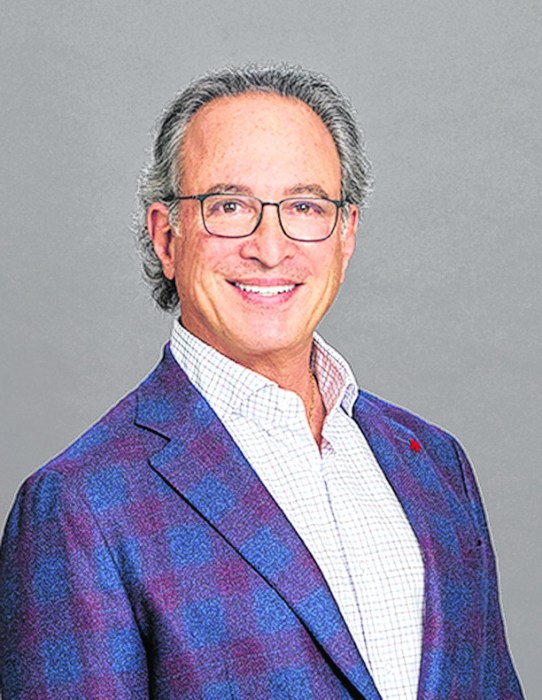BY ALLISON PULIZZI
Each spring, school districts across the state propose a school budget to voters. School budget resources come from local, state and federal contributions. A school budget describes a district’s plan for the upcoming year. The budget reflects the labor, materials, and resources required to fulfill the goals and objectives outlined by the board of education.
On Feb. 4 the Massapequa School District presented the first of three 2016-17 budget presentations to the Board of Education. The presentation focused on general support services, pension costs, health insurance, utilities, transportation and security. The next two meetings focus on instruction and revenue, respectively. With these critical programs accounted for is there any cause to be concerned about how the district formulates its budget?
The New York State Comptroller School Districts Accounting and Reporting Manual states: School districts should establish and maintain those funds required by law and sound financial administration. Only the minimum number of funds consistent with legal and operating requirements should be established because unnecessary funds result in inflexibility, undue complexity, and inefficient financial administration. Recently a state audit contended that East Meadow had exceeded the legal limit of 4 percent of a year’s appropriation in its unrestricted reserve fund. The audit report found the district used only 22 percent of its appropriated fund balance and overestimated expenditures by a total of about $29.4 million. According to the audit “Funding reserves at greater than reasonable levels essentially results in real property tax levies that are higher than necessary.” Why is this of concern to Massapequa taxpayers?
The district repeatedly touted its fiscal prowess by boasting that Massapequa has one of the lowest (8th lowest) per pupil expenditure in Nassau County. A low per student expenditure, declining enrollment, energy savings, an upgraded Moody’s rating and other factors have contributed to an accumulation of over $57 million dollars in reserve funds—nearly twice the amount of reserve funds of East Meadow. This begs the question, “Due to multiyear surpluses and almost $60 million in cash reserves, shouldn’t taxpayers expect tax decreases going forward?”
On May 17, 2016, Massapequa taxpayers will vote on the district’s 2016-17 school budget. In 2015, spending plans on Long Island passed in 122 out of 124 districts in Nassau and Suffolk counties. As a rule, the Massapequa School District budget passes every year by a wide margin. Given Massapequa’s voting history, the 2016-17 budget is likely to pass once again.
—Allison Pulizzi































